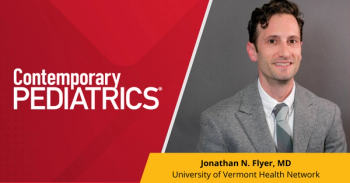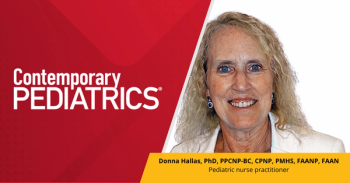
Do enforced texting bans prevent hospitalizations related to car crashes?
Laws that ban texting while driving have indeed reduced crash-related hospitalizations among all age groups, according to a recent report.
Laws that ban texting while driving have indeed reduced crash-related hospitalizations among all age groups, according to a recent report. The greatest reduction was in individuals aged from 22 to 64 years and those aged 65 years or older.
Using the Healthcare Cost and Utilization Project-Nationwide Inpatient Sample, which contains data for a random sample of US community hospitals, investigators analyzed hospital discharge information from 2003 through 2010 for 19 states. Investigators examined changes in crash-related hospitalizations in states after they enacted a texting ban compared with such hospitalizations in states without such bans. Of the 19 states, 15 had passed a primarily enforced texting ban at some point during the study period.
Texting bans were associated with a 7% reduction in crash-related hospitalizations overall. The effect was greatest among individuals who were aged 22 years or older, while among those aged 15 to 21 years, primary texting bans on total motor vehicle crash-related hospitalizations were associated with only marginal reductions (
Commentary
So, texting bans seem to work, but not much in our patients. This makes sense. Teenagers are most dependent on texting as a social lifeline. They are less likely to adhere to new texting restrictions. This is another situation where technology may offer a means to change behaviors; in this case, by deactivating texting functions while phones are in cars. As with so many things, there is now an app for that. -Michael G Burke, MD
Ms Freedman is a freelance medical editor and writer in New Jersey. Dr Burke, section editor for Journal Club, is chairman of the Department of Pediatrics at Saint Agnes Hospital, Baltimore, Maryland. The editors have nothing to disclose in regard to affiliations with or financial interests in any organizations that may have an interest in any part of this article.
Newsletter
Access practical, evidence-based guidance to support better care for our youngest patients. Join our email list for the latest clinical updates.









